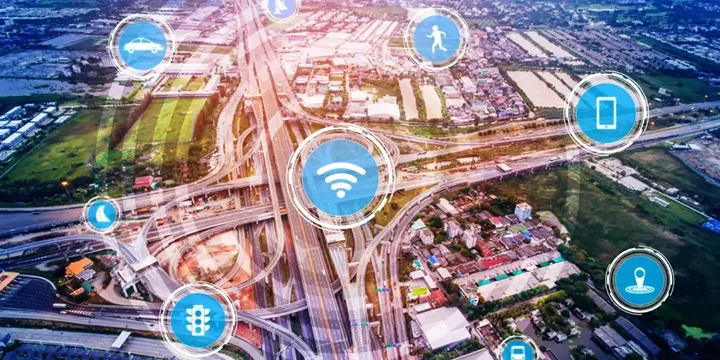
Table of Contents
About Our Client
Our client, an urban development authority of a midsized city in a European country, was to turn it into a smart city. This project was designed to improve the quality of life of the residents by interconnecting primary traffic signals of smart cities, smart environments, and smart security through IoT.
Many existing devices and technologies are being implemented in the city, and the client required a system that could integrate with all of these while providing bidirectional communication, real-time decision-making, and future-proofing of the system. So for this project, we implement a dedicated expert IOT developers team from our talent pool.
Problems
The client faced several technical and operational hurdles:
- Device Interoperability Issues:
- Legacy systems here are disparate with different communication interface standards, such as Zigbee, LoRaWAN, and proprietary interfaces.
- We observed that vendors were operating in closed environments with little to no interconnectivity and data exchange between devices.
- Data Overload:
- Traffic, air quality, waste management, and public safety sensors were assembled, which produced a massive amount of data. Being able to process this in real time without latency was an issue.
- Lack of Centralized Control:
- Each city operator had its systems for controlling traffic lights, surveillance cameras, and environmental conditions, which were not integrated, and hence response and reaction to incidents were slower and less coordinated than they could have been.
- Scalability Concerns:
- It had to integrate the forecasted massive growth of the city and the future usage of other IoT systems.
- Cybersecurity Threats:
- Resources needed to be protected more intensively; foremost of all, the essential facilities of essential cities must also be protected and secure from intrusions.
Solutions
To address these challenges, we designed a strong, scalable, and secure IoT integration platform, a tailored example of our Custom IoT Application Development capabilities:
- Universal IoT Gateway:
- Built a middleware IoT gateway that could convert and combine data that used different protocols to allow compatibility of different IoT devices from different vendors.
- Optimized so that the integration of legacy systems into a new platform is accomplished without the need for complete hardware replacement, which incurred considerable costs.
- Edge Computing for Real-Time Processing:
- Utilized numerous edge computing nodes to implement important calculations closer to the collected data source, like changing traffic light status amid traffic intensity.
- Supported real-time decision-making on systems such as air quality alarms and emergency response management.
- Centralized Smart City Dashboard:
- More developed is a single-operator console, which allows operators to get real-time information about the combined systems, traffic and environmental conditions, and security threats.
- Integrated AI to forecast traffic density, changes in air quality, and other trends in an urban environment.
- Scalable Architecture:
- Built using microservices architecture, so as the B-City evolves, it can add more devices, sensors, and systems.
- Utilized cloud technology, which offered high scalability and efficient data storage at the central point.
- Advanced Security Features:
- Ensured that the device communication as well as data storage was well protected through strong encryption.
- Implemented AI functionality to name and address threats in the process of cyber-attacks in real-time.
Results
Our solution transformed the city’s IoT ecosystem, delivering tangible results:
- Interoperability Achieved:
- It is now possible to have over 15 Vendors using different devices to interconnect with each other on this platform.
- Improved Traffic Efficiency:
- Effective traffic control through real-time information had improved traffic flow by 25% on average and more during rush hours.
- Enhanced Public Safety:
- As a result of monitoring with the help of AI, one can respond to incidents quicker, thereby reducing the response of the emergency services by one-third.
- Environmental Monitoring:
- Therefore, the work of the system helped to identify the areas with a higher level of pollution and to deploy the connected measures for its reduction.
- Scalability for Growth:
- Now it has become capable of joining the platform of 50,000+ IoT devices without deterioration of performance.
- Cybersecurity Strengthened:
- No security breach has been recorded since the application of the measures, making other important systems secure.
👉 Explore our full suite of IoT development services or contact our team to discuss your smart city goals.

